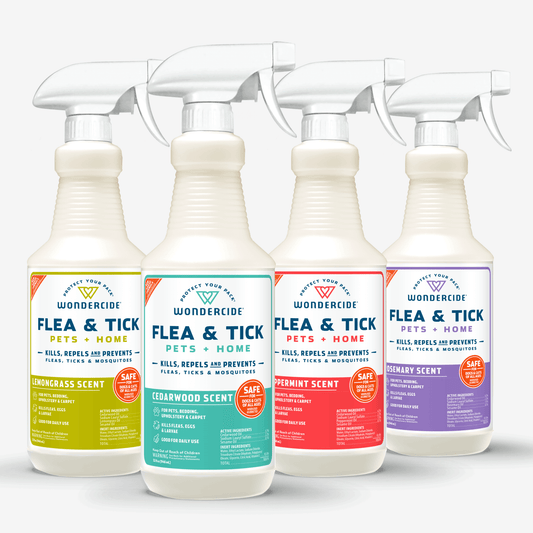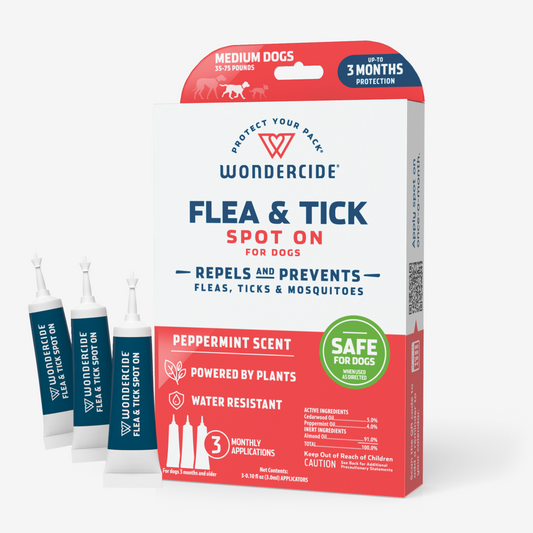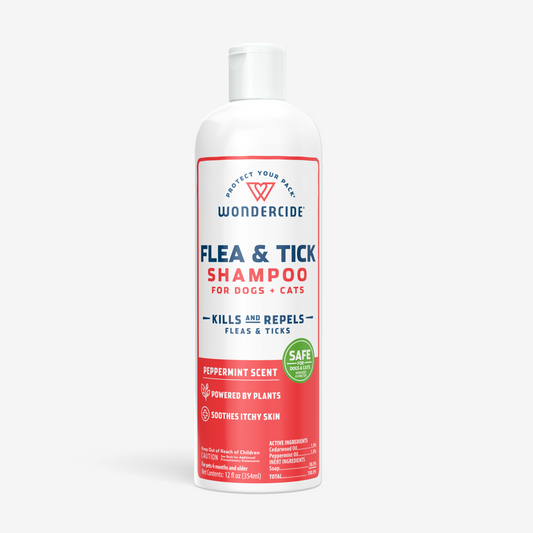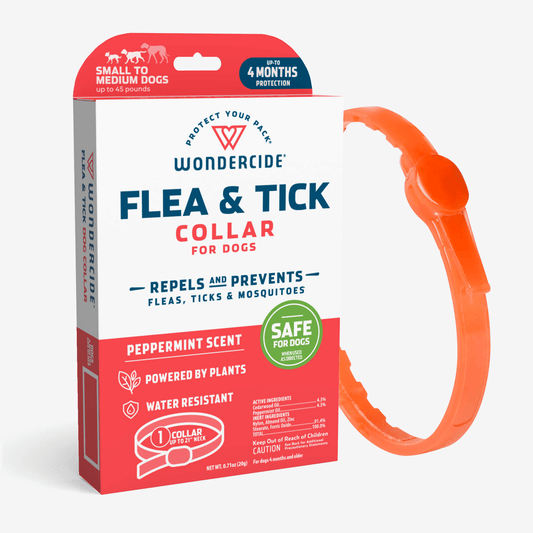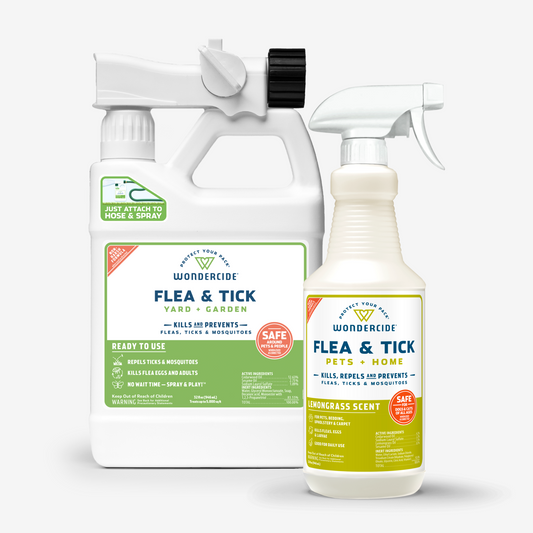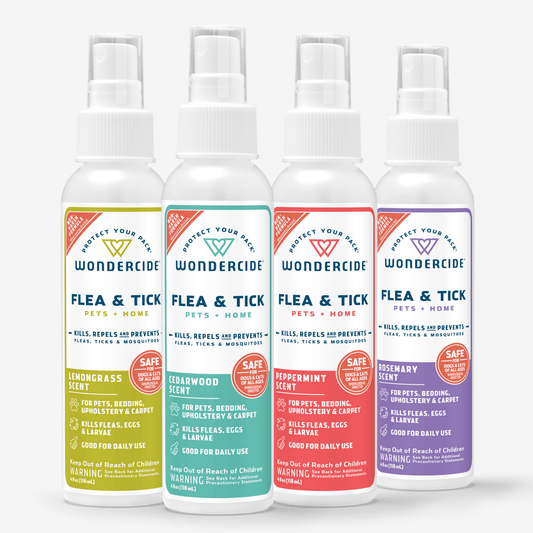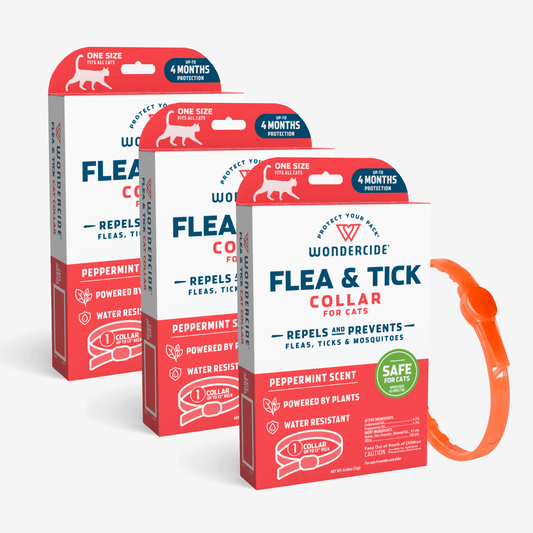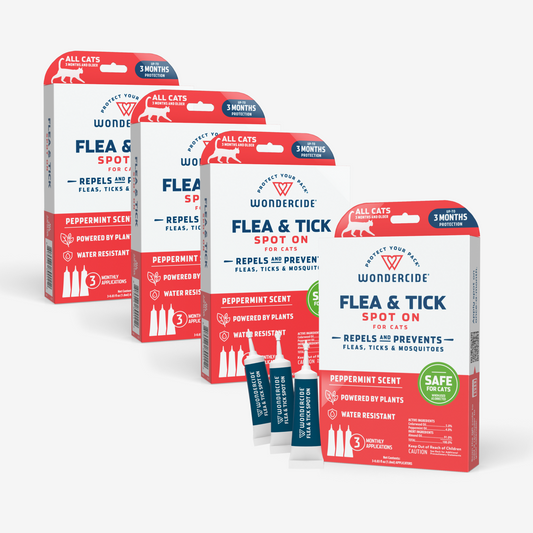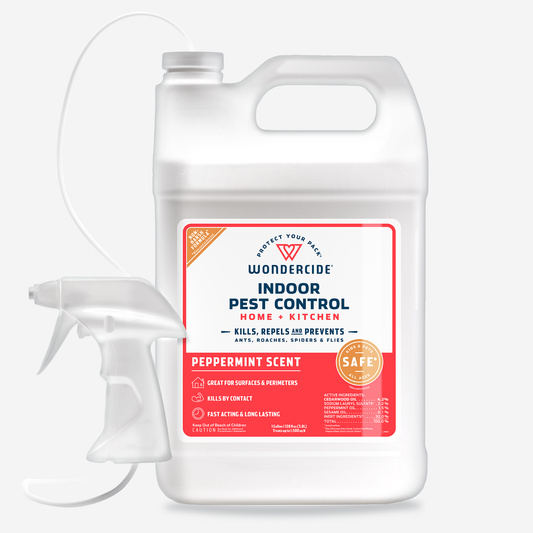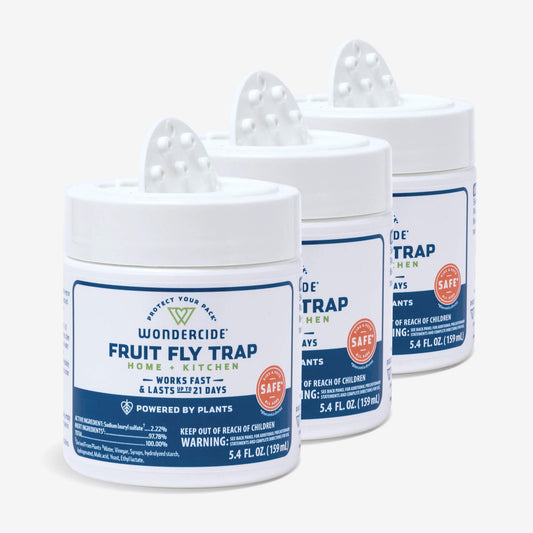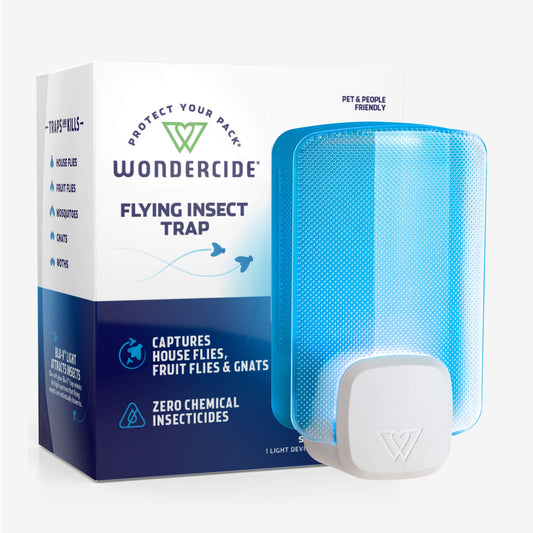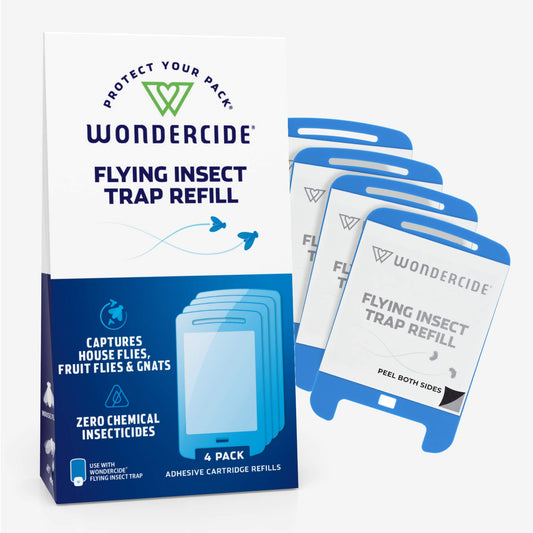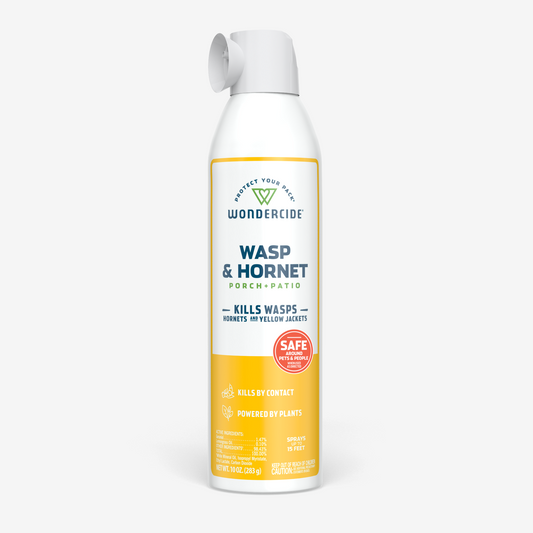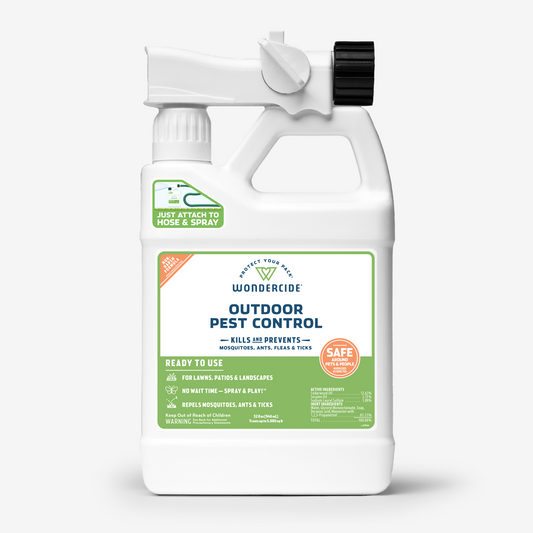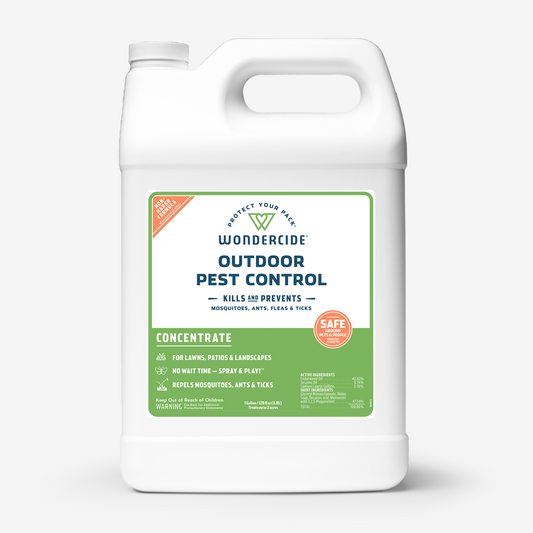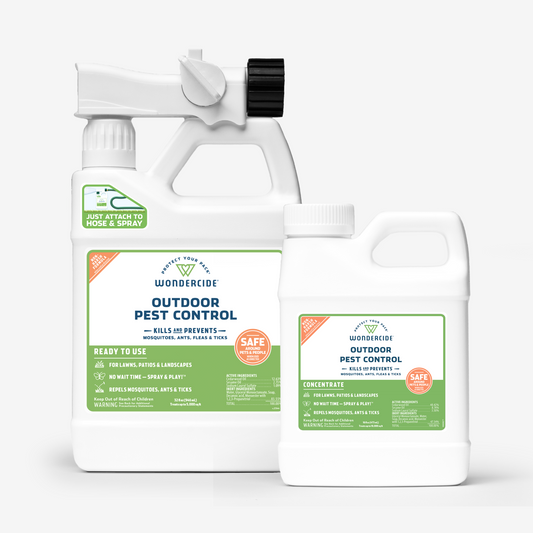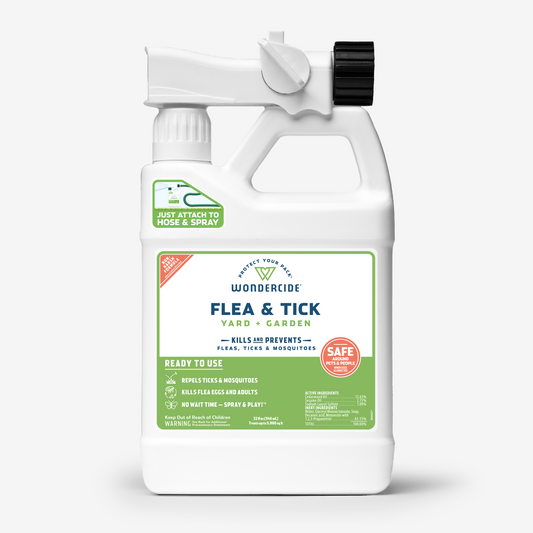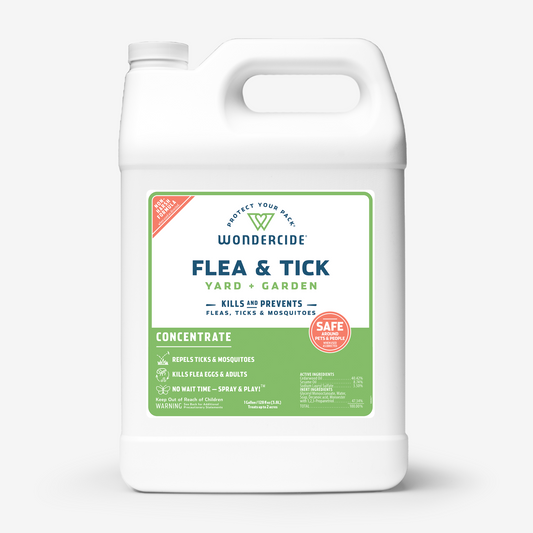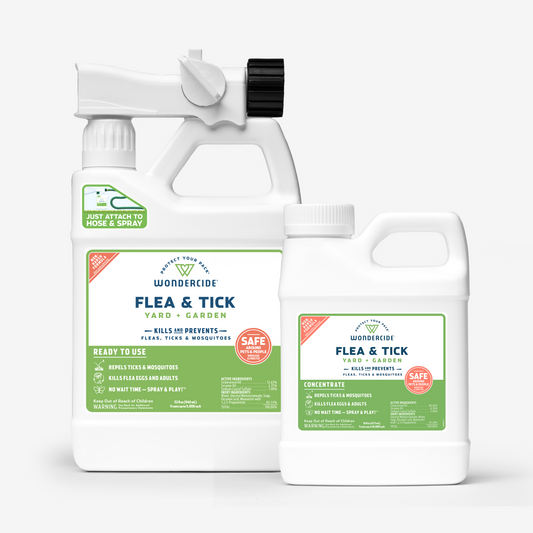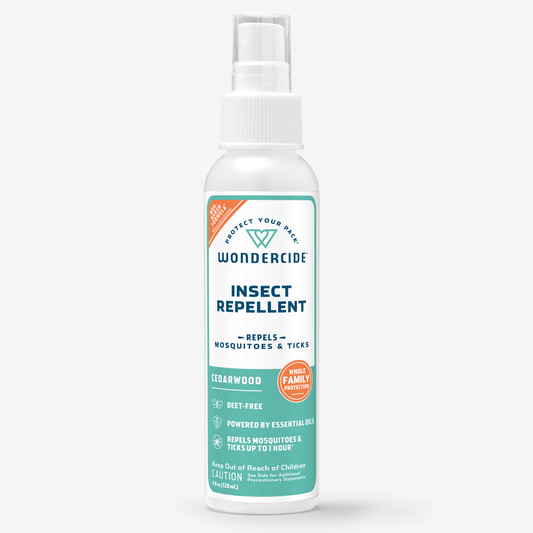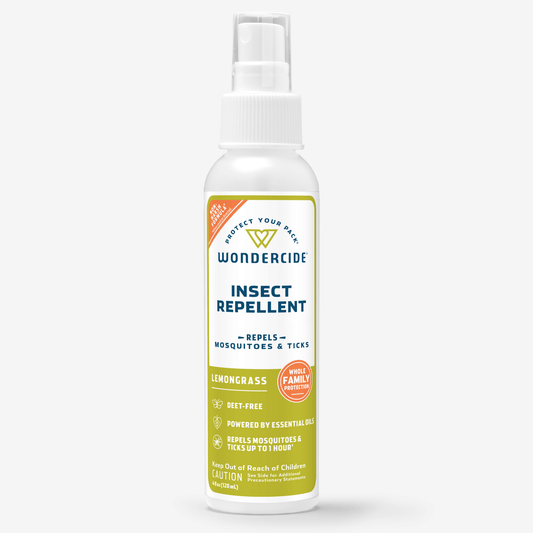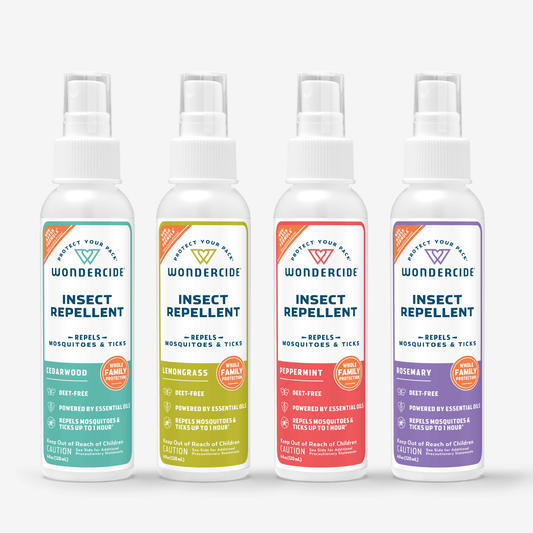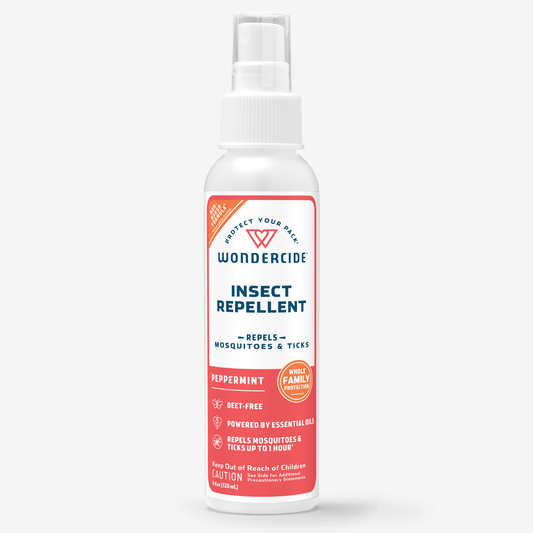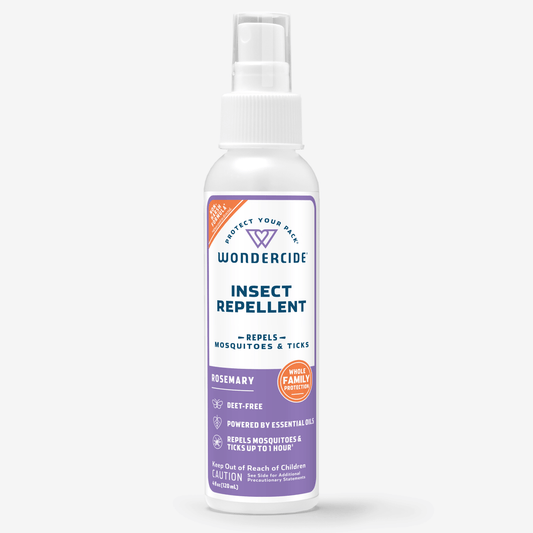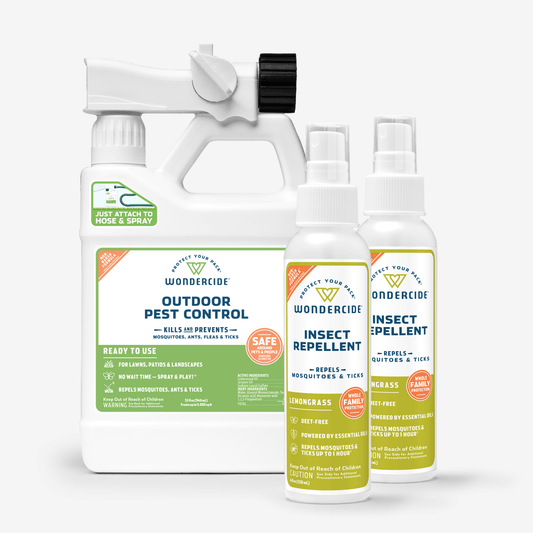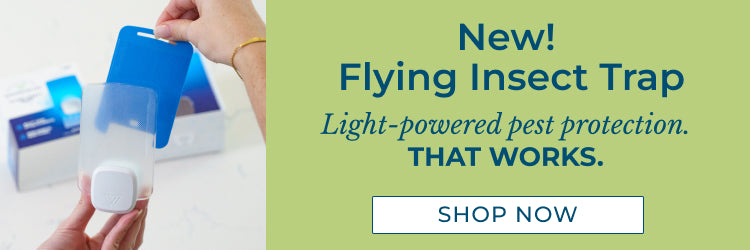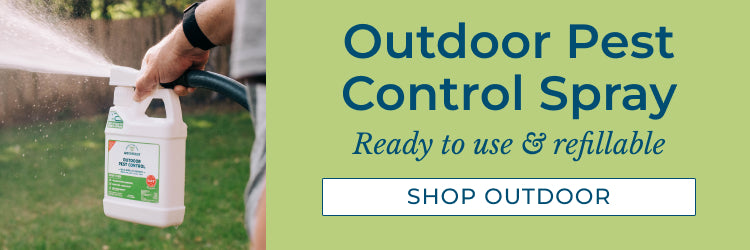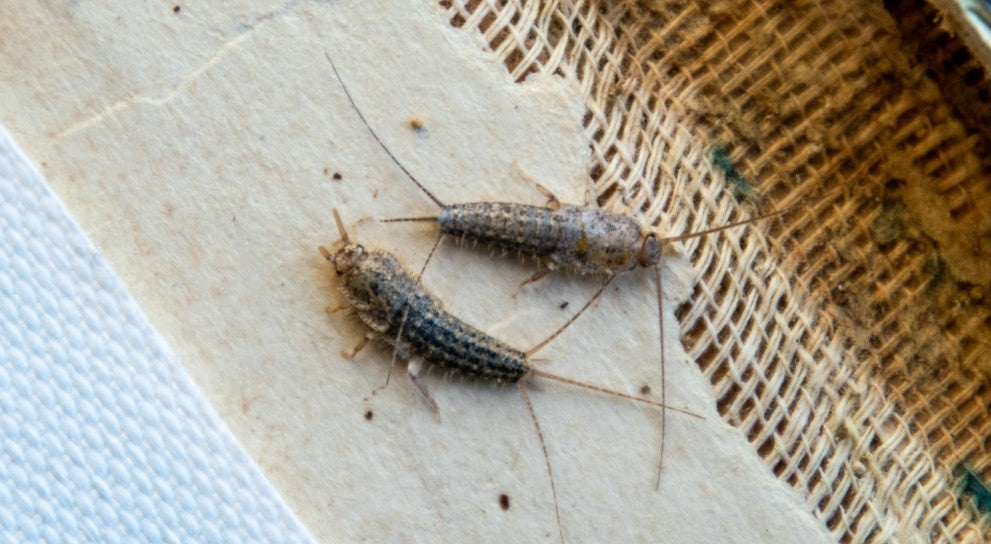If you’re not sure how to get rid of silverfish in your home, you’re not alone: these critters can be tricky to eliminate! Silverfish bugs are experts at hiding in your house’s darkest corners, and they can survive for years on nothing but paper, adhesive, crumbs, and dust.
Ready to take action? Here are Wondercide’s best tips and tricks for stopping a silverfish infestation in its tracks.
What are silverfish?
Silverfish (Lepisma saccharina) are small, silver, tear-shaped insects with three distinctive tail-like appendages. Their name may come from the shiny “scales” that cover their bodies or from their undulating, fish-like movements. These extremely ancient insects reproduce frequently and can live for up to eight years. They are nocturnal, adept at staying out of sight, and capable of living up to a year without food! For all these reasons, they are common pests in homes worldwide.
Silverfish and health risks
Fortunately, silverfish do not pose many health risks to human beings. They do not carry disease. But do silverfish bite? Fortunately, no. They do not sting or bite humans or animals.
However, a silverfish infestation can worsen your indoor allergies. A protein called tropomyosin in a silverfish’s exoskeleton can combine with other allergens in your home to form a more severe “recombinant” allergen that can leave you itching, coughing, or sneezing.
What attracts silverfish to your home?
Silverfish will eat almost anything—dried grains, pet food, compost, dust, even other silverfish—but they thrive on starchy foods like paper, glue, and clothing fibers. They prefer to lay their eggs in dark, moist environments like sinks and drains and can also be found behind furniture and inside books.
Signs of a silverfish infestation
How to get rid of silverfish
There are many ways to repel silverfish and many try DIY options. The following may work however do not use these solutions in households with kids or pets.
If you want a solution that’s proven to work and safe around the whole family, look to Wondercide.
Tips for getting rid of silverfish in specific areas of your home
How to get rid of silverfish in your bathroom
Bathrooms are the most humid places in most homes, so silverfish love them. Dehumidification and ventilation of the space may help. Eliminate clutter, especially in dark, protected areas like bathroom cabinets and drawers. If you notice silverfish laying eggs in sinks or drains, remove the eggs with a HEPA vacuum.
How to get rid of silverfish in your drains
Though people often report seeing silverfish emerging from their drains, it is very unlikely that silverfish are living in your pipes. Silverfish love moist, humid air, but they don’t like to be submerged in water. More likely, the silverfish in your drain fell into your sink or bathtub while headed elsewhere and cannot crawl out because of the basin’s smooth sides.
How to get rid of silverfish in your books
Rearrange your books often and keep the area around your shelves clean. If you must store books or papers in humid areas in your home, place them in airtight plastic bins.
How to get rid of silverfish in your attic or basement
Attics and basements can be ground zero for silverfish, but they’re usually not high-traffic areas for pets or children. Therefore, it might be worthwhile to get aggressive with silverfish treatment here. As ever, keep the area as free of clutter as possible. Vacuum, dust, and treat regularly.
How to get rid of silverfish in your bed
First, remove all your bedding, including the mattress cover, and wash it with hot water. Then dry it on the hottest possible setting. Air out your sheets often between washes. Reduce clutter around your bed to discourage silverfish from returning.
How to get rid of silverfish in your plants
Though silverfish prefer the great indoors, they do sometimes congregate under yard debris or in moist soil. Silverfish are not generally harmful to gardens; they will eat other dead bugs or the occasional fungus, but they will not feast on your plants. However, to keep silverfish in your garden from infesting your home, declutter and prune your garden often and dry out any perennially wet spots.
How to prevent silverfish from infesting your home
A silverfish infestation does not mean that your home is dirty! However, there are things you can do to make your home a less hospitable environment for silverfish.
Kill Silverfish Quickly with Wondercide’s Plant-Powered Products
Nobody wants to see silverfish infesting their beloved books or hanging out in their pantry. But when you are learning about how to get rid of silverfish, you’ll quickly notice that all methods aren’t created equal. Some DIY methods treat silverfish with only limited success, while stronger pest control products can be unsafe around pets and children.
Fortunately, Wondercide provides the best of both worlds: it is both effective and safe around the family when used as directed. Wondercide’s Indoor Pest Control and Ant & Roach sprays provide plant-powered pest control that’s proven to kill silverfish so you can get rid of them and move on to more fun times at home.
Learn more and shop other home products that are safe to use around the family when used as directed.
More Pest Control Guides from Wondercide:
- How to Get Rid of Mosquitos in Your Yard
- How to Get Rid of Gnats
- How to Get Rid of Centipedes
- How to Get Rid of Fruit Flies

